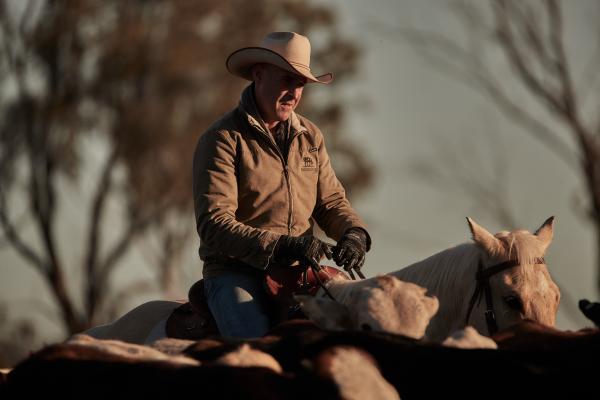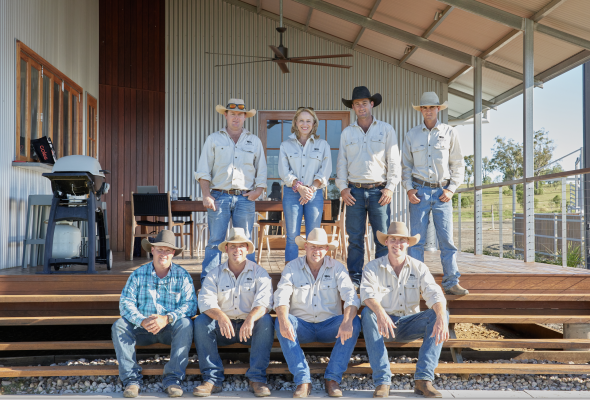Australian agricultural land has become one of the most attractive asset classes for corporate investors in Australia, with farm property sale prices booming alongside strong commodity prices and good seasons in a low interest rate environment.
The interest in agricultural investment has been building over recent decades and for the last 20 years agricultural land has capitalised at a healthy compound rate of 7.6 per cent per annum.
The biggest disincentive for corporate investment in rural land has always been the operating risk in agricultural ventures, with these risks magnified by unreliable weather and commodity prices.
The rise of corporate investment has coincided with the ability to reduce the impact of these variables.
“Agricultural land is an outstanding asset class that a lot of people haven’t thought about because of its historical links to droughts and impacted farmers,” says Tim Samway, the chair of new agricultural fund, Packhorse Pastoral Australia.
“But what people don’t realise is that many farmers have been capital constrained with limited funds in the bank to actually drought-proof their properties and prepare for minimal rainfall,” he said.
Packhorse Pastoral Company is an Australian investment company managing agricultural assets using land restoration practices.
Tom Strachan, Packhorse founder said: “Regenerative agriculture is a system of farming principles and practices that increases biodiversity above and below ground, enriches soils, improves water infiltration and enhances ecosystems. This involves planting multiple species of grasses and legumes and adopting time-controlled grazing, where livestock impact plays a significant role in rejuvenating the soil”.
“The implementation of regenerative agriculture enhances cattle growing performance, resilience to climate instability, and higher health and vitality for farming and pastoral communities.
“In addition, soil and vegetation improvement actively removes and stores greenhouse gases currently in the atmosphere. Capturing and storing carbon will play a fundamental role in reducing the impact of climate change,” said Strachan.
The Packhorse plan is to improve the quality of the land they invest in, by improving ground cover and soil microbiology, with the potential to store more water and sequester carbon.
Packhorse has put ‘regenerative agriculture’ at the core of their investment and land management strategy.
“Packhorse is a cattle agistment business, with a difference. Our prime focus is the land – the quality of the grass, the soil and overall health of the pastures – which is the key to deploying our long-term vision for Packhorse to be the largest land holder and carbon capture business in the country,” said Tom Strachan.
The successful launch of Packhorse Pastoral Company earlier this year and subsequent first raise, saw the purchase of Stuart’s Creek, a 8360-hectare property in Queensland, the first in a five-year plan to acquire $1bn worth of cattle property.
Stuart’s Creek currently runs 3000 head of cattle and with careful investment over the next three years the carrying capacity is expected to increase to 5,000 having a material impact on the property value.
In August 2021, Packhorse engaged market leader Carbon Link to measure a carbon baseline for the Stuart’s Creek property, which may lead to sequestration of up to 2800 tonnes of carbon per annum across an estimated 4000 hectares of land.
Packhorse will work with Carbon Link to deploy sizeable programs to sequester carbon in the soil of all the properties acquired by the company, with an ultimate ambition to have one million hectares of land in carbon related projects. In doing this, Packhorse hopes to achieve carbon neutral status by 2028 and generate lucrative carbon credits to on-sell to those companies striving to meet net-zero emission obligations.







